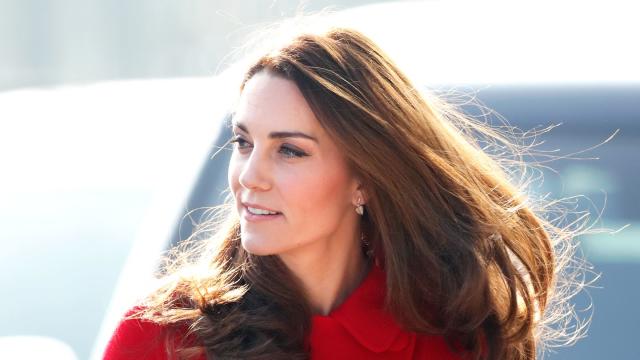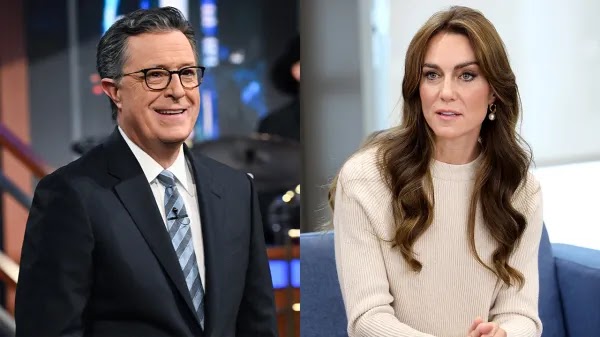Jessica Lange, the anti Meryl Streep who came to the cinema through fashion
From the University of Minnesota to Soho. And she from New York to Paris in the early seventies, to study mime with a great teacher and instead end up sharing a room with Jerry Hall and Grace Jones. While a fashion genius she photographs her in clothes on loan from Karl Lagerfeld. Before making a breakthrough with King Kong, Jessica Lange's life feels like the storyline of Jack Kerouac's On the Road, with no boring parts to skip.
Today Jessica Lange turns 70. Before the face drawn and subject
to retouching speculations, before conquering the millennials by becoming
one of the most well-known faces of the anthological series American Horror
Story and then of Feud, before sitting at tables organized by the Hollywood
Reporter with that contemptuous air of who knows that the actresses around
her are telling a lot of nonsense in favor of the room, there was a
beautiful girl who from 17 to 32 lived like a crazy mare.
Which is a little different from graduating with honors from Yale Drama School and immediately becoming the queen of foreign accents like Meryl Streep. Rather, she means leaving the University of Minnesota, marrying a Spanish photographer and living a bohemian life in Soho; and from there to reach the city where even without a penny you manage to look inexplicably cool, Paris: because Etienne Decroux still teaches less, and perhaps also because Paris is always a good idea.
Of that handful of years from '68 to '73, for which Jessica
found herself dodging the tear gas of the French May one day and having a
coffee with Karl Lagerfeld the next, we have to thank the internet, and a
book: The beautiful fall - fashion, genius and glorious excess in 1970s
Paris, by Alicia Drake. The internet because all of a sudden it brought out
the Instamatic photos of Antonio Lopez, a brilliant illustrator, as well as
a designer and artist, who died of AIDS in 1987; Alicia because it describes
the exciting atmosphere of Paris in those years.
And more specifically that Jessica, Jerry Hall, and Grace Jones were models and friends, crammed into tiny rooms in tiny, tall, narrow hotels. A trinity ante supermodels of young women who had reached the French capital for different reasons, and within the Euro Planning agency, become inseparable it girls. That is with an ounce of above average glamor. Little, one would think, but in reality the right amount to make a difference with the mass. Documenting for posterity is Antonio Lopez, Instagram and the "center" of Paris of the time, with a studio frequented by Andy Warhol, Pat Cleveland and Paloma Picasso.
Her photos, a slender but very precious trace of how much
the bohemian life from penniless had now become haute bohème, focus on the
subtle beauty - as only one can be at twenty - of Jessica, whose surname
Antonio cripples in L'ange , the angel. In short, he transforms her into his
muse, dresses her with high fashion clothes and records her expressions,
with that effect typical of the flash of an unprofessional machine, which
thickens everything in the background and at the same time seems to imprison
a piece of life: reason behind a lot of contemporary analog nostalgia.
These are shots that look like Andy Warhol's polaroids but are less grainy, they also look like Helmut Newton's photos but are less engraved. What is certain is that they hold back and exude Jessica's creative anxiety. Also for the fact of being the creature of Antonio, and very little of herself. An experience of alter ego that she will treasure, however, when she returns to New York, when between the acting lessons of Herbert Berghof, a friend of Marlon Brando, and the few pennies raised as a mime in Washington Square, in 1974 she manages to enter the Wilhelmina stable Models.
"I heard that film directors were looking for models rather
than actresses," she says. A short time passes and Dino de Laurentiis calls
the agency for a beauty who can also scream convincingly: this is the remake
of King Kong. Someone remembers her of her acting lessons and sends Jessica
to California. The rest is history, but not all of it. While Jessica was
getting the part just for being the stunning girl featured in the script,
Meryl Streep was being hunted by Dino De Laurentiis - himself - for being
too ugly. The episode, which first surfaced in 2008 during an interview on
the David Letterman Show, has only gone viral since 2015, when Streep
repeated it on the Graham Norton Show.
Since Meryl is a polite person, she has always avoided adding "and then they chose Jessica Lange", with a drunken axiom that associates her talent only with the ordinary. It may be that she thought, as did Lange, that she was chosen exclusively for attractiveness. However, the parts that require only physical prowess have always existed. And the body is the means and instrument of an actor.
But when in 1983 they manage to win an Oscar each, no one
knows about Meryl's audition, maybe not even Jessica. I am for everyone the
dramatic actress already par excellence and the actress (beautiful, if not
really s-xy) and also good; carnal and then capable of subtleties;
instinctive and then with a great technique. For twenty years they travel
head to head, but in the long run, Meryl prevails. At least in terms of
roles.
Born in the same year, 1949, Jessica and Meryl are somewhat reminiscent of the two-faced Janus Toni Collette and Cameron Diaz, in the film In her Shoes - If I were her in 2005: while one told confidences to Jerry Hall and Grace Jones, the other he was sweating in the rehearsal room.
It is also curious that, in a parallelism with Joan Crawford's career, for about ten years Jessica has become the protagonist of a horror TV series, as for Joan after What happened to Baby Jane ?. Almost the punishment for being a brazen beauty is to end up relegated to crazy and ugly parts, and more on the small screen: not only are there no more parts for you, you even had to look for them on TV.
Yet, thanks also to her pioneering, TV has become
the salvation of many actresses. A professional panacea where they became
producers, interpreters, marketing experts. Marcel Proust said that "beauty
is an implicit form of consent", that is to say that it has the
characteristic of appearing as an affirmative response to our desire to
possess it, to touch it. If rejection takes over, hatred is triggered.
Different from that for talent, which is something less visible, less
dangerous than the concrete image of a beautiful woman. For Jessica Lange, I
don't think American Horror Story was the last resort, indeed, new works
have emerged from there.
What is certain is that with that series the world has rediscovered it. Beauty aside, she has undoubtedly paid more for being essentially a histrionic actress, not at all inclined to imitative exercise, let alone with a sunny personality. Few people know this, but compared to her more noble colleagues, her curriculum is much more varied, ranging from Blanche DuBois (on Broadway) to a book of photographs with a preface by Diane Keaton. Companies with no apparent connection, but precisely those that can only be reached if you breathed a smoke bomb in 1968, slept in a van and posed occasionally for a fashion genius.











